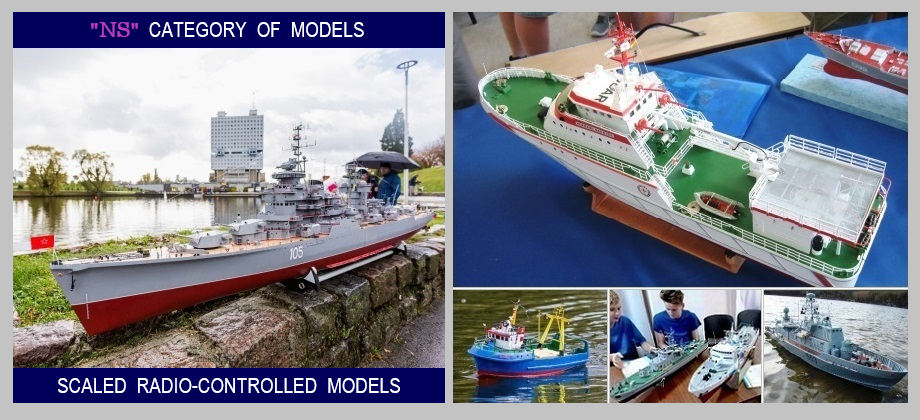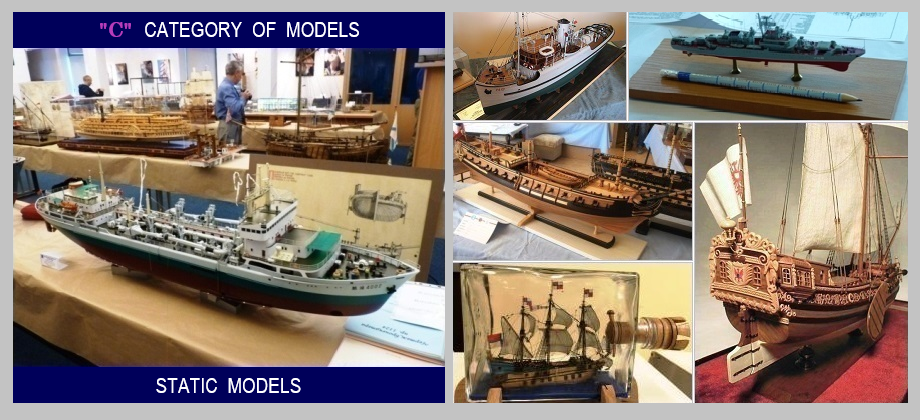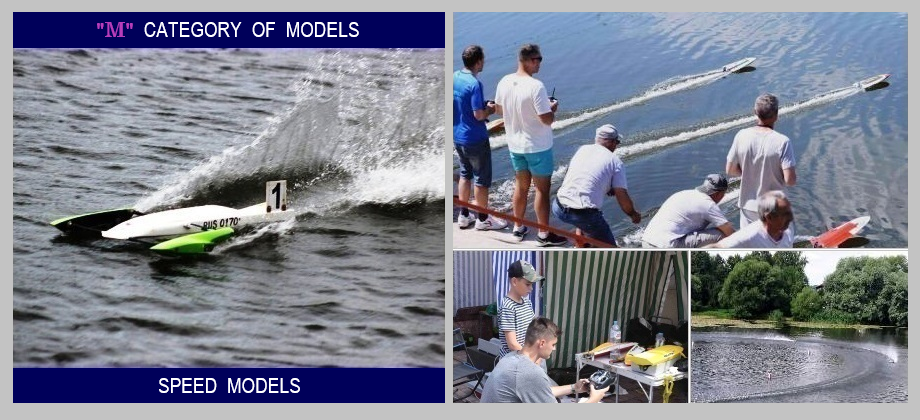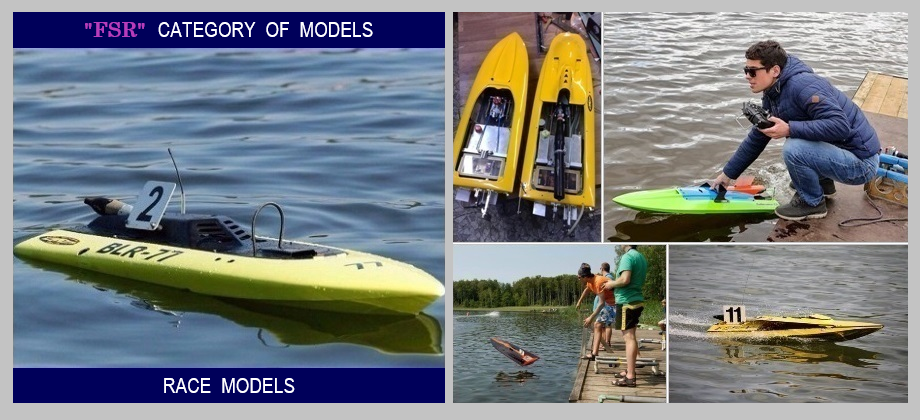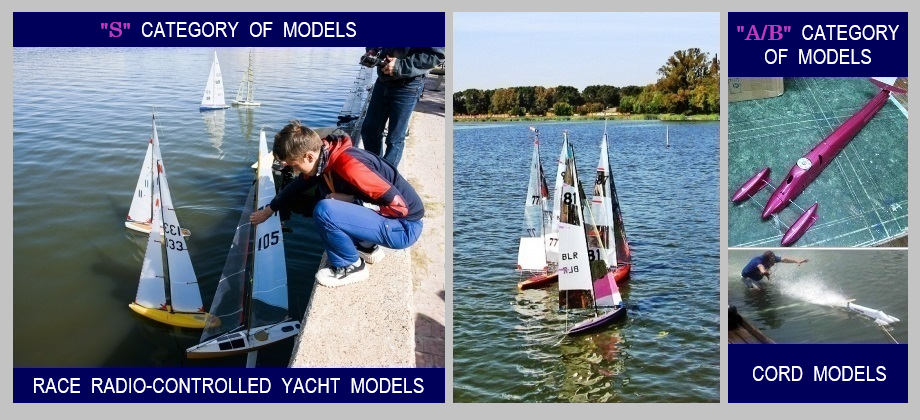► OUR MISSION IS UNITING PEOPLE TO ACTIVELY DEVELOP ALL AREAS OF SHIPMODELING SPORT TOGETHER !
SMSIF ShipModel Sport International Federation world like to express its deep gratitude to the Federation of Ship Modeling Sport of Russia, Regional Public Organization “Ship Modeling Sport Federation of Moscow Region” and to Municipal Budgetary Institution “Kolomna” Speed Skating Centre” for the superb organization of starts at the World Championship and Junior World Championship 2025!
► World Championship 2025 Protocol (models-copies)
► World Championship 2025 Protocol (speed models)
► Junior World Championship 2025 Protocol (models-copies)
► Junior World Championship 2025 Protocol (speed models)
One of the most significant events in the history of SMSIF ShipModel Sport International Federation took place from 20 to 28 July 2025, namely World Championship and Junior World Championship among NS radio-controlled models-copies and M speed models. Let’s look at some statistics. The World Championship saw 75 modelers from 11 countries, while Junior World Championship gathered 51 junior modelers from 8 countries. The competition venue helped to ensure the scale of the event as the city of Kolomna is located in the central part of Russia being logistically convenient to most participants.
Participating countries: Russia, Belarus, Uzbekistan, Kyrgyzstan, Kazakhstan, Moldova, Georgia, Armenia, Czech Republic, Brazil, Yemen, Israel.
The start platforms were set up on Kolomenka River embankment; and “Kolomna” Speed Skating Centre kindly provided premises for static evaluation, model storage and secretarial work at the Championship. The weather was extremely unsteady: heavy rain for the first several days and right from 24 July the modelers’ stamina was tested by heat and sun. Still, despite all these adversities, the competition programme ran without any hindrance or delay.
► TV news story about the competition (“Kolomna News”)
► Federal Directorate for Sports Events (Russia) – Video report
► M Group starts Video 1 | Video 2
► Belarussian modellers’ interviews to CTV Channel
The World Championship among radio-controlled models-copies was proof to the high level of its participants’ expertise. In most classes, all prize-winning modelers were awarded with over 95 points, and the average mean score at the starts was often around 98-100 points. Leaders with the best executed models in F-2 Group included:
- F2-А – “Uran” ship model by Kirill Belyavskiy;
- F2-B – guard ship model, Project 1135 (Victor Erchenko) and “Steregushchiy” corvette (Vladimir Zhornik, 2nd place);
- F2-С – “Soznatelniy” destroyer (Nikolay Rumyantsev);
- F4-В - “Calipso” ship model (Kirill Belyavskiy);
- F4-С - “Moskva” guided missile cruiser (Elena Zhornik).
Many competitors found passing the “top” (Gate 4, located far off) quite challenging due to bright sunlight and algae. As for F2-S Class (submarines) the starts were more dramatic, for instance, the submarine belonging to Elena Zhornik refused to re-emerge after the submersion maneuver. However, thanks to the quick response from the professional diver, speedy repair of the model and Elena’s strong will the situation was successfully resolved. The following day, the boat took part in the next attempt and finally, Elena Zhornik was awarded with the third, hard-won place.
The new FPV Class seems to make it easy for the competitor to pass the gates (especially distant ones) thanks to technological assistance. However, it is not quite so. As the passing order is clearly fixed in the rules, the modeler should keep in mind the next gate while driving the model. The models are in fact above-water drones, and the best result here was shown by Yuriy Khmelevskiy, who was awarded with the champion title. Dmitriy Koypish, a well-known Belarussian modeler, has performed in this class for the first time and won a bronze medal.
Rather disappointingly, F4-B competitors did not show any outstanding results. But in F4-C Class, on the contrary, the top scores were surprisingly frequent. Thus, Alexander Khoroshikh ran all 3 attempts with 100 points and still was outperformed by Elena Zhornik. Her model gained 100 points at the starts as well but won thanks to higher static evaluation results.
Performances in two functional groups, F6 and F7, always attract both modelers’ and spectators’ attention. These classes are quite demanding. First, one has to build models imitating their prototype functions, then to design a scenario to display the functions on water, and finally to flawlessly run this scenario during the attempt. The judges were unanimous in their decision and awarded the first place in F6 Class to Vladimir Fedosov’s team from Moscow. The rescue operation as displayed by these modelers was both spectacular and complex as regards its functions. They included launching and lifting the submersible and rescue boats, navigating the submersible underwater, sinking and rescuing the damaged vessel. Suleyman Safarov’s team (Saint Petersburg, Russia) came second, their scenario included transporting and setting up “Kaspiy” drilling rig.
Simultaneously, modelers with sailing boats from NSS Group were competing on the nearby course. Senior and junior starts took place at the same time which certainly made the races more impressive and exciting and enhanced growing sports expertise among the younger competitors. The winners in NSS-A Class were Dmitriy Koypish (seniors) and Marat Zhdanov (juniors), both from Belarus. Although Marat, who is 11 years old, has participated in NSS races for the first time ever, his rich experience with F5 racing yachts was the reason why he managed to easily overcome the rivals.
As for NSS-B Class, here Andrey Tikhonov (Russia) stood out thanks to his two-masted sports and recreation schooner Borkumriff IV. The model is built in great detail using valuable species of wood. Andrey ran ahead in both attempts thus leaving his opponents virtually no chance whatsoever.
Now, a few comments on the Junior World Championship. The static evaluation results in F2-A and F2-B Classes for the most part did not exceed 93 points, except for gold-winning “Turgoyak” model by Konstantin Shaverin. But on water, the young modelers clearly demonstrated their preparation level and ran the course with 98-100 points.
The competition in F4-A Class was also traditionally tough, with 12 modelers vying for the victory. Interestingly, Petr Antropovich and Ivan Rudchenko gained an equal number of points after all three attempts – 300 each! Running the course in reverse order did not help either as both modelers ran it flawlessly. And only after the judges suggested another, a more complicated course, Petr Antropovich managed to overcome his rival thus winning the competition.
By the way, F4-C Class was just as rich in high scores at the starts: three competitors gained 300 points each. But their static evaluation results made everything clear – Petr Antropovich became the winner here as well, with his “Fiume” Italian cruiser model.
Thanks to the windy weather, the NSS-A races (radio-controlled sailing boats) were dynamic and fascinating. But NSS-В and NSS-С models were not so lucky – the wind practically disappeared by midday, and the yachts also slowed down.
The races in M group were split into two parts: qualifying starts and semi-finals took place during the first few days (while competitors in NS Classes underwent their static evaluation). Later, the finals were held on 26-27 July, after NS starts were complete. The competitors had to withstand both scorching and showery weather. And you may see the competition results per model classes in the protocols of World and Junior World Championship 2025.
I warmly congratulate all winners and prize-winners on their victories! And I wish all participants great sports success at the next international starts!
Dmitriy Kalmykov, Chief Judge of the Competition
https://shipmodelsport.org/eng/index.php/99-world-championship-2025-competition-results#sigFreeId9e9b6fffbe
